Pet Food from China: A Booming Sourcing Destination for Global Buyers
Introduction
The global pet care industry is experiencing unprecedented growth, and at the heart of this expansion is China, a powerhouse in pet food manufacturing. With a rapidly growing domestic market and a sophisticated manufacturing infrastructure, China has become an attractive sourcing destination for high-quality, cost-effective pet food products, including kibble, treats, and supplements. This guide, structured in the style of a professional sourcing manual, will walk you through the key aspects of procuring pet food from China, helping you navigate the market and find the right partners to grow your business.
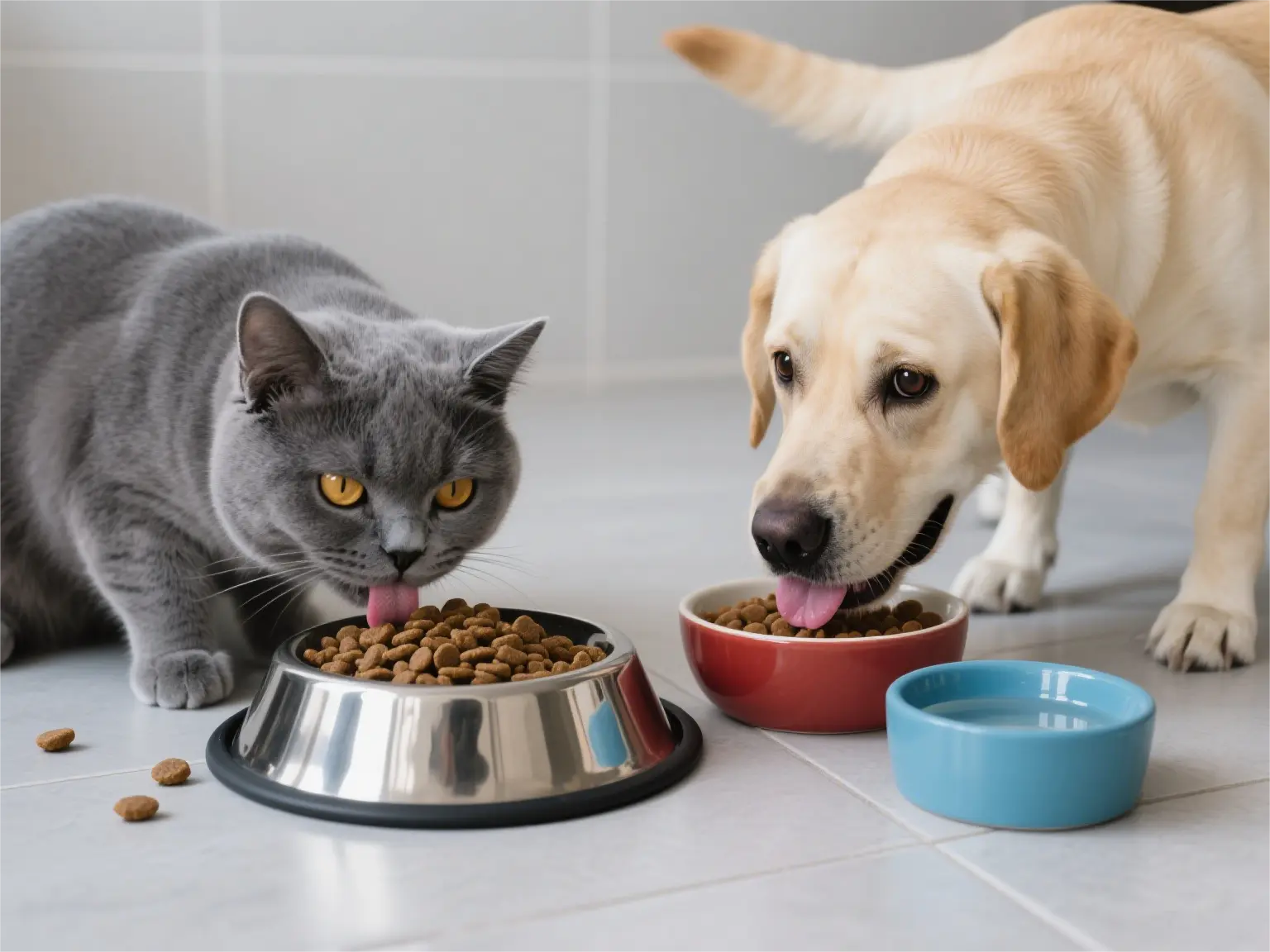
I. Understanding the Chinese Pet Food Market Landscape
China's pet food industry is a vibrant and dynamic sector, driven by increasing pet ownership and a rising demand for premium, nutritious products. The market size is projected to reach an estimated 114 billion RMB by 2026, with significant growth in all major categories. A notable trend is the rapid rise of the "cat economy," where cat food and related products are driving much of the market's expansion.

The industry is categorized into three main product types:
Main Food (主粮): This is the core of the market, including dry kibble, wet food, and freeze-dried options. Dry kibble remains the most popular choice due to its convenience and long shelf life. However, there is a growing demand for wet food and freeze-dried products as pet owners seek higher-quality, less-processed options.
Pet Snacks (零食): This segment is growing at a remarkable pace. It includes a vast array of products like jerky, dental chews, biscuits, and freeze-dried treats. These products often focus on specific functions, such as dental health, joint support, or a simple reward.
Nutritional Supplements & Health Products (保健品): As pet humanization continues, so does the market for supplements. Products such as probiotics for digestive health, fish oil for skin and coat, glucosamine for joint support, and various vitamins are increasingly popular.
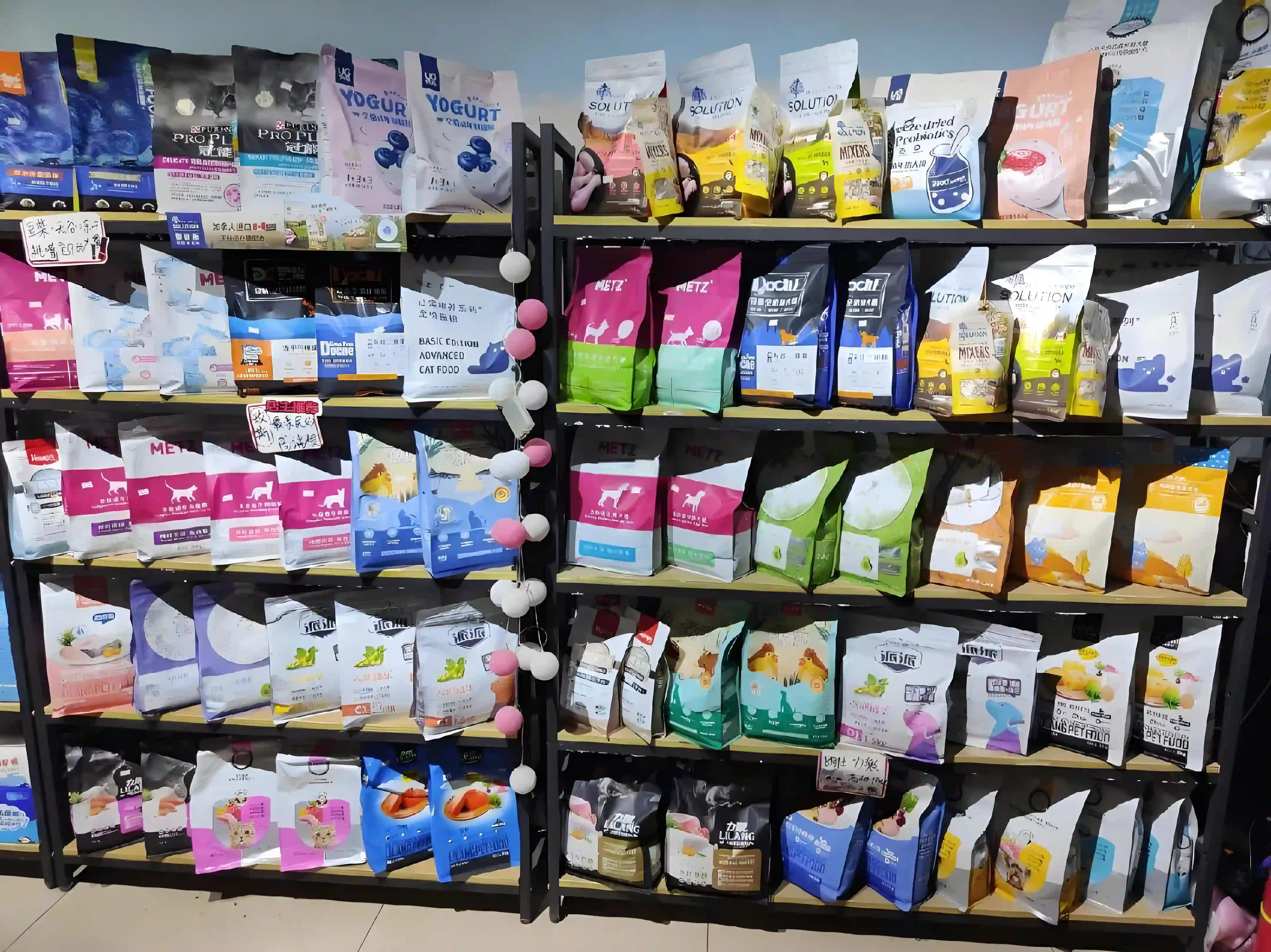
II. Product Features and Advantages of Chinese Pet Food
Chinese pet food manufacturers offer several advantages for international buyers:
Cost-Effectiveness: The well-developed supply chain and efficient manufacturing processes in China result in competitive pricing, allowing buyers to achieve higher profit margins.
Diverse Product Portfolio: Chinese manufacturers offer a wide range of products, from basic dry kibble to advanced freeze-dried, raw-inspired diets, catering to different market segments and consumer preferences.
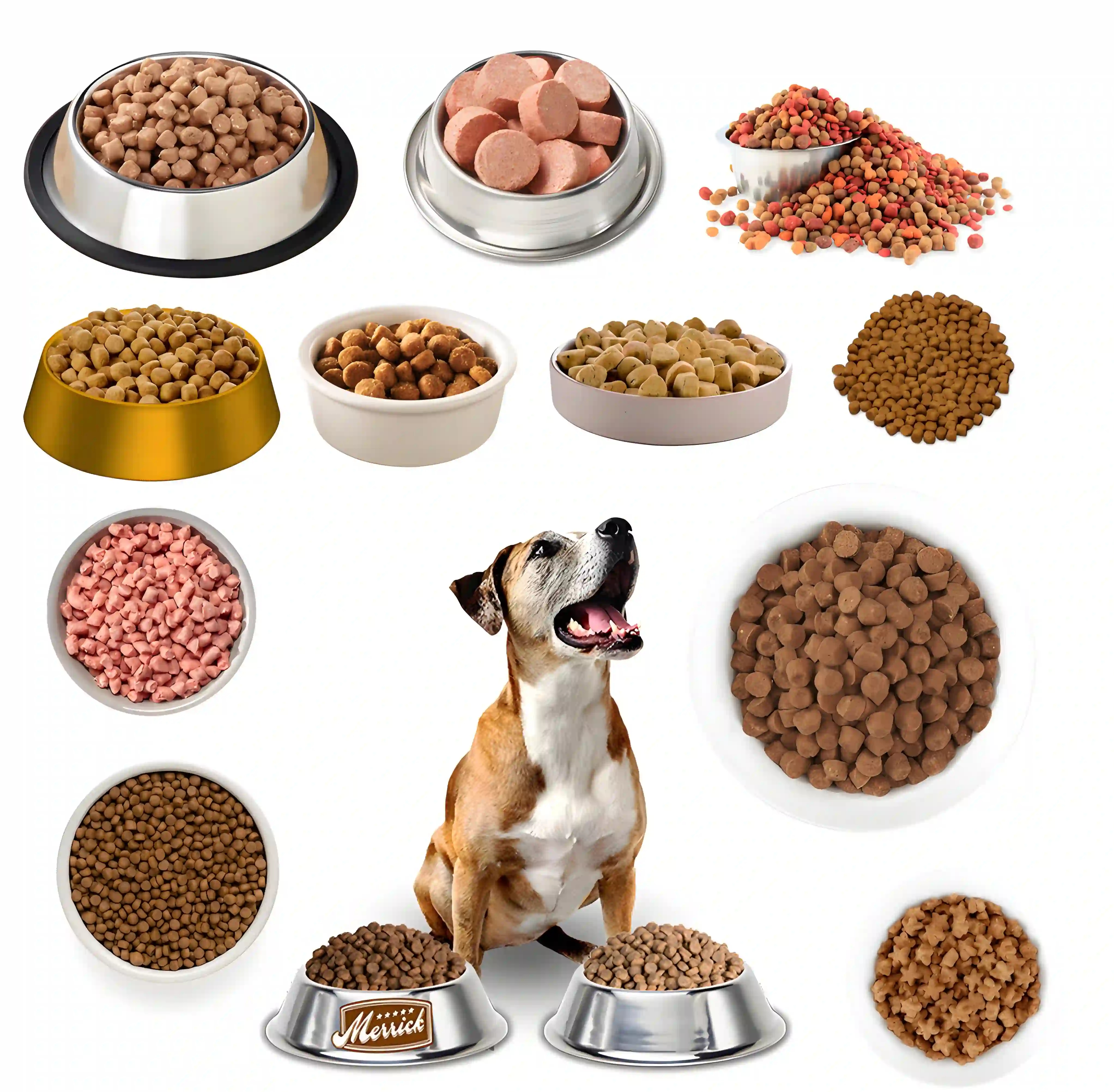
Technological Advancement: Many leading Chinese pet food companies have invested heavily in R&D and state-of-the-art production lines. They utilize advanced extrusion, baking, and freeze-drying technologies to ensure product quality and safety.
Flexible Production: Manufacturers are often capable of handling large-scale OEM/ODM orders, providing flexible customization options for private labeling and unique product formulations.
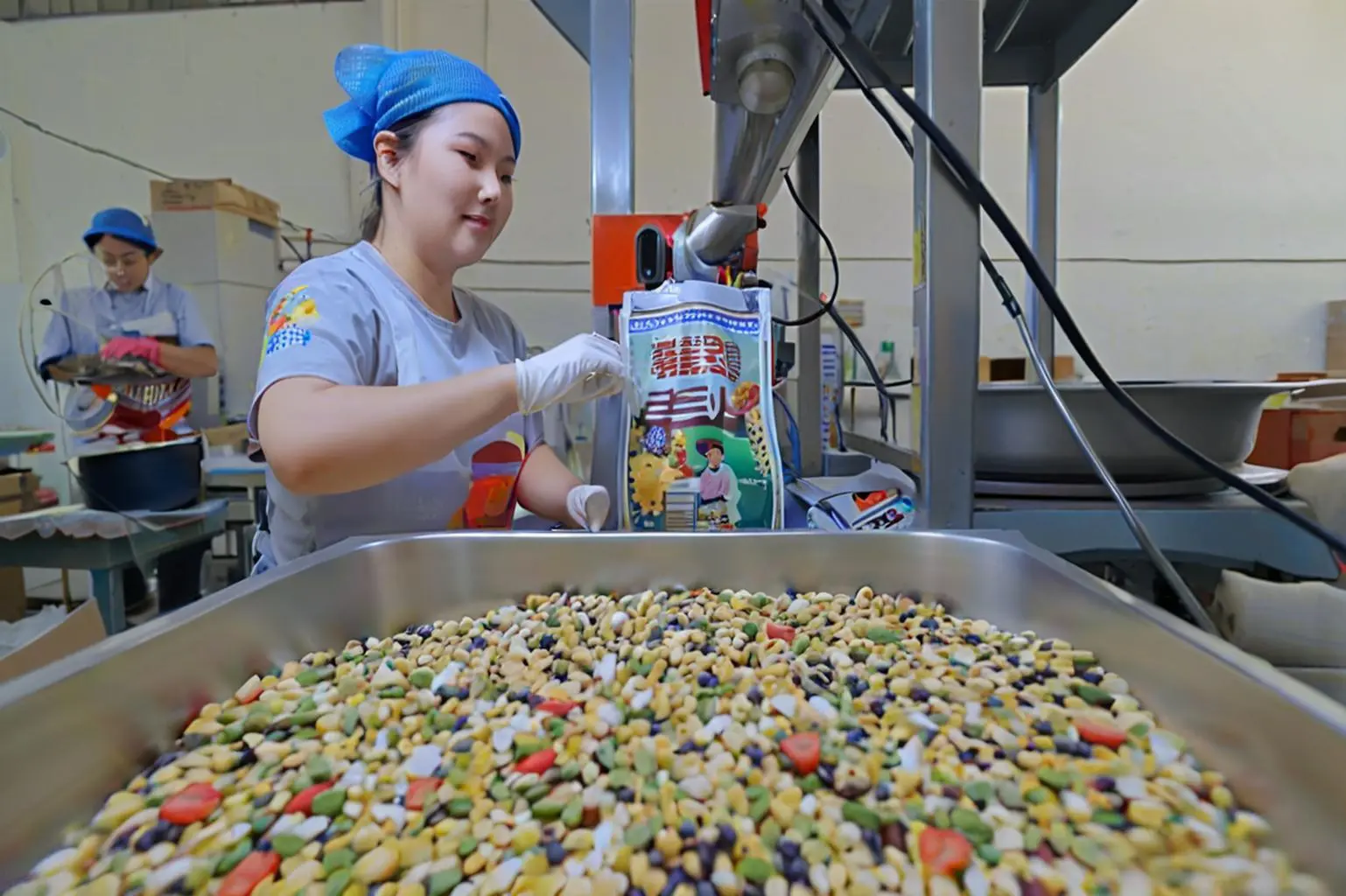
Innovation in Formulas: The domestic market's intense competition has spurred innovation. Chinese manufacturers are quick to adopt international trends, offering products with high-meat content, grain-free formulas, and functional ingredients.
III. Key Ingredients and Healthy Formulations
The focus on pet health is a major trend in China, leading to sophisticated product formulations. Key ingredients and healthy formulation concepts include:
High-Meat Content: A significant number of premium products feature fresh meat as a primary ingredient, moving away from grain-heavy recipes.
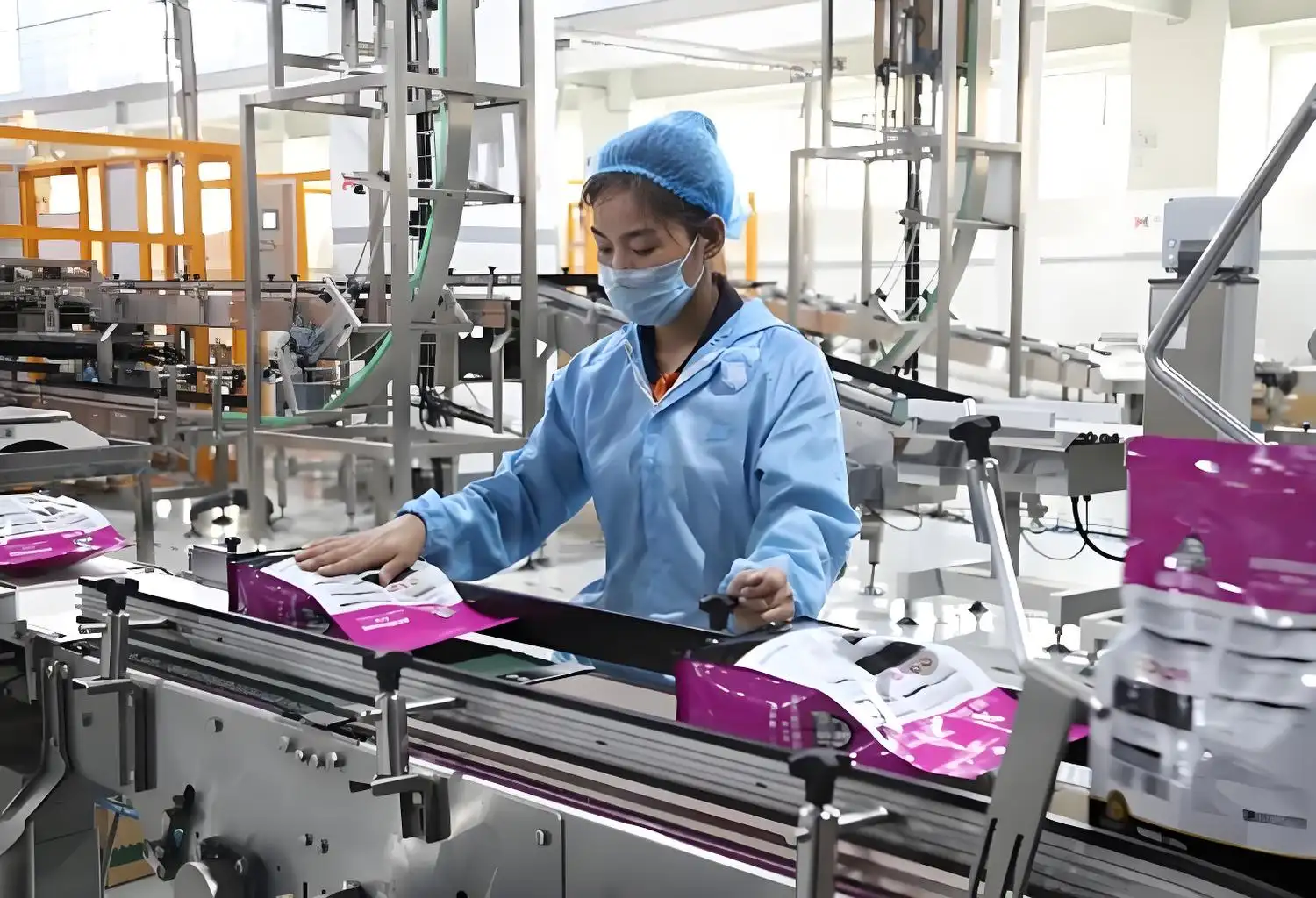
Functional Ingredients: Formulas are often enriched with ingredients designed to address specific health concerns. Common additions include:
Probiotics and Prebiotics: For gut health and improved digestion.
Omega-3 and Omega-6 Fatty Acids: Sourced from fish oil, these promote a healthy coat and skin.
Glucosamine and Chondroitin: Crucial for joint and bone health, especially in large-breed dogs and aging pets.
Taurine: An essential amino acid for feline heart and vision health, commonly added to cat food.
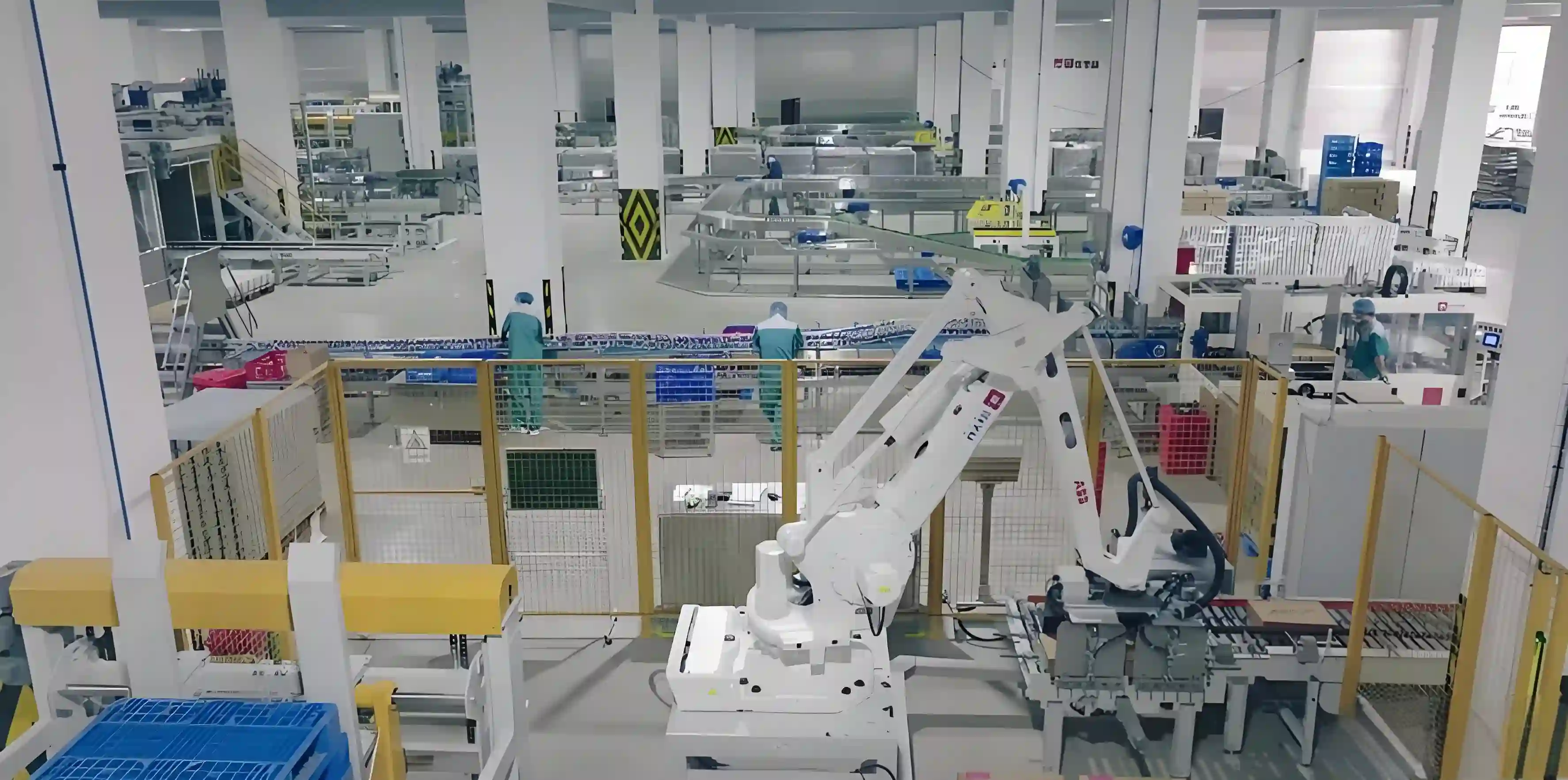
Grain-Free and Limited Ingredient Diets (LID): These formulas cater to pets with food sensitivities or allergies, using alternative carbohydrates like sweet potato or lentils.
Natural and Organic Ingredients: A growing number of manufacturers are offering products with natural, organic, or human-grade ingredients to meet the demands of discerning pet owners.
IV. Main Specifications and Parameters
Understanding the specifications is crucial for sourcing the right products. When communicating with a Chinese supplier, be prepared to discuss:
Physical Specifications:
Kibble Size and Shape: Dry food comes in various shapes (e.g., round, star, bone-shaped) and sizes to suit different breeds and ages.
Moisture Content: This affects shelf life and is a key parameter for both dry and wet food.
Nutritional Parameters:
Crude Protein, Fat, and Fiber: These are fundamental metrics that must meet or exceed international standards (e.g., AAFCO).
Vitamins and Minerals: Ensure the product contains a balanced profile of essential micronutrients.

Packaging:
Material: Common options include multi-layer plastic bags, aluminum foil pouches, and cans.
Weight/Volume: Products are typically packaged in various sizes (e.g., 1.5kg, 5kg, 10kg bags) to serve different consumer needs.
Technical Standards: Manufacturers often adhere to a combination of national and international standards. For example, China's national standards (GB/T series) cover aspects like ingredient safety, production processes, and product testing.
V. Major Pet Food Industry Clusters and Manufacturers
The Chinese pet food industry is geographically concentrated, primarily in coastal regions with strong logistical networks.
Major Industry Clusters: Shandong province stands out as a key hub for the pet industry. It has a robust infrastructure for agriculture, livestock, and manufacturing, supporting a large number of pet food and veterinary medicine companies. This geographical concentration fosters a strong supply chain and a competitive ecosystem. Other coastal provinces like Zhejiang and Jiangsu also have significant pet food manufacturing presence.

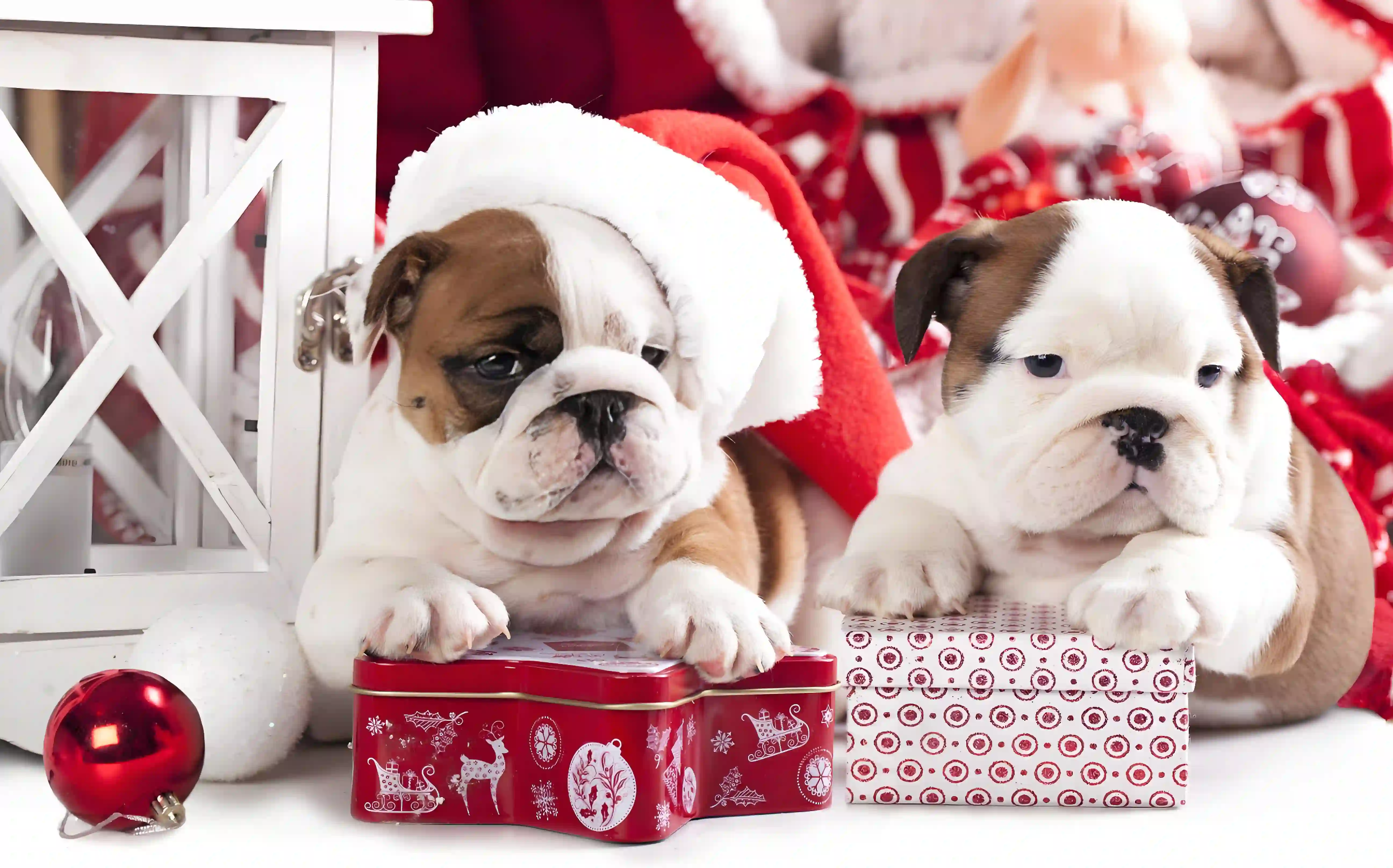
Leading Manufacturers: The market is a mix of established international brands and rapidly growing domestic players.
International Brands: Mars (Royal Canin, Pedigree, Whiskas) and Nestlé (Purina) hold a significant market share.
Leading Domestic Companies: These manufacturers have rapidly gained market share with innovative products and strong branding. Key players include:
Zhongchong Pet Foods (中宠股份): http://www.wanpy.com.cn A major public company known for its diverse range of products and international partnerships.
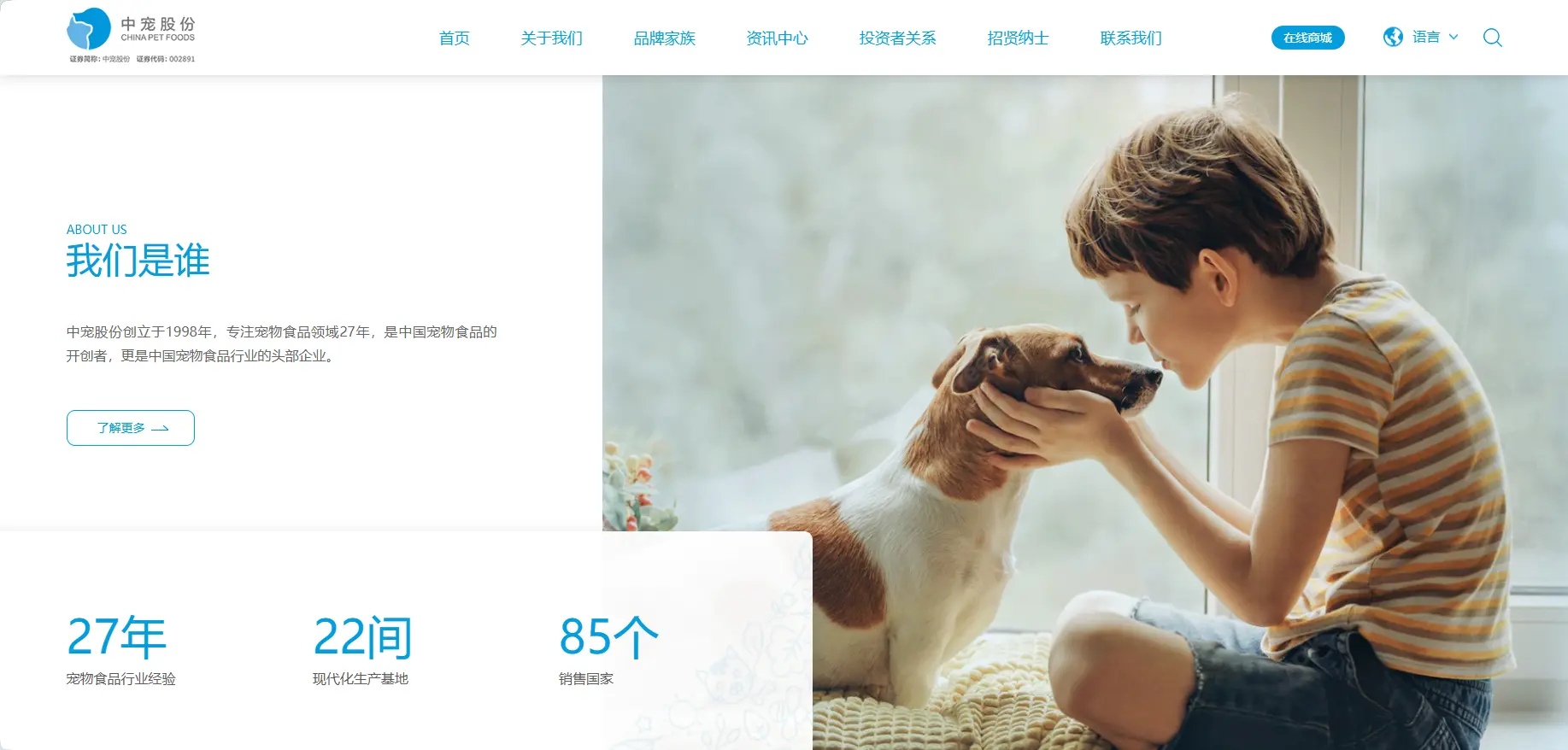
Gambol (GuaiBao) Pet Food Group (乖宝宠物): http://en.gambolpet.com Known for its strong domestic brand "Myfoodie" (麦富迪) and modern production facilities.
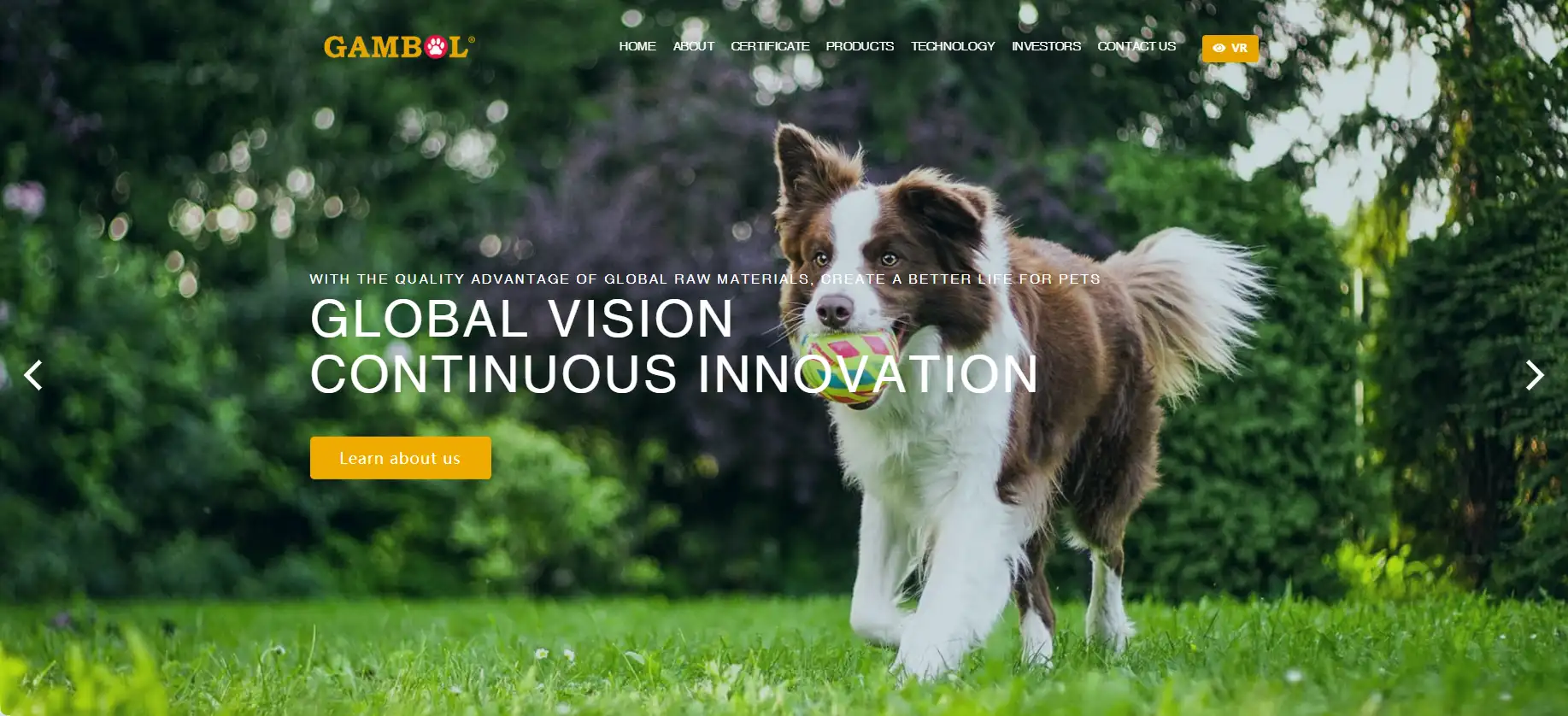
Petty (Peidi) Pet Food (佩蒂股份): https://www.peidibrand.com A prominent manufacturer of pet snacks and chews, with a strong focus on OEM for overseas markets.
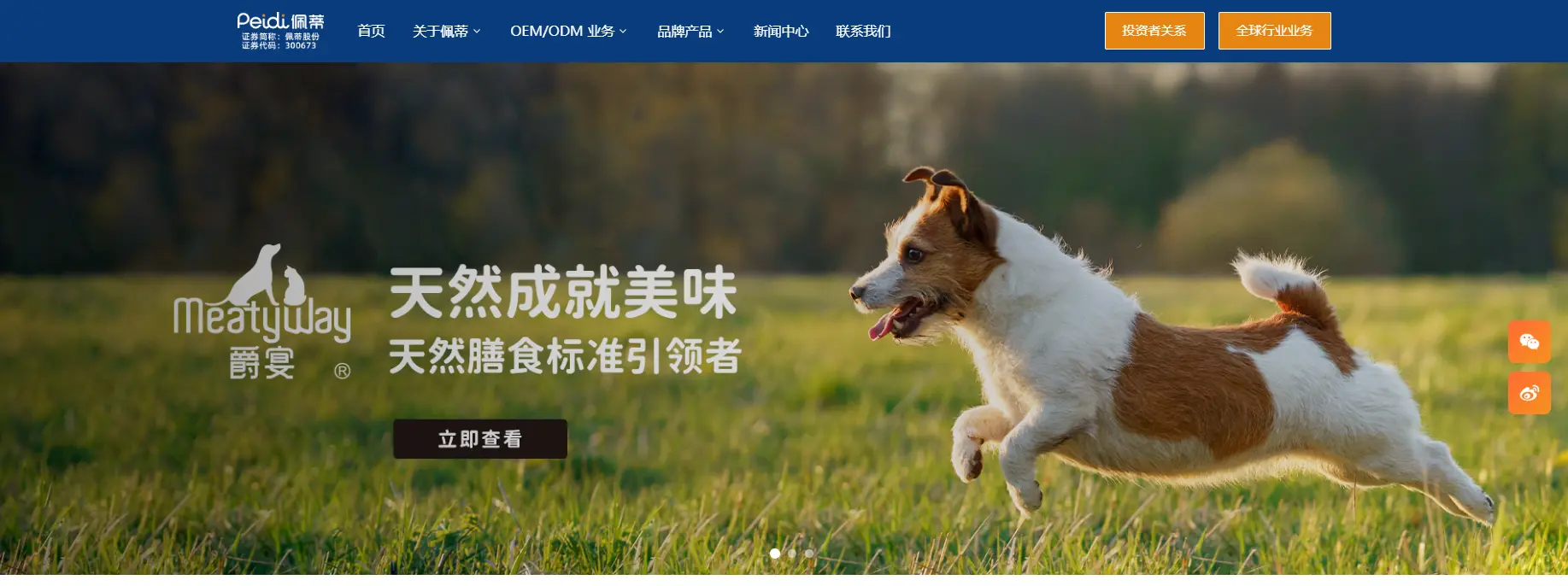
Bridge PetCare (比瑞吉) http://www.naturebridge.cn and Yiyun Pet Food (上海依蕴): Brands that have established a reputation for high-quality, premium domestic products.
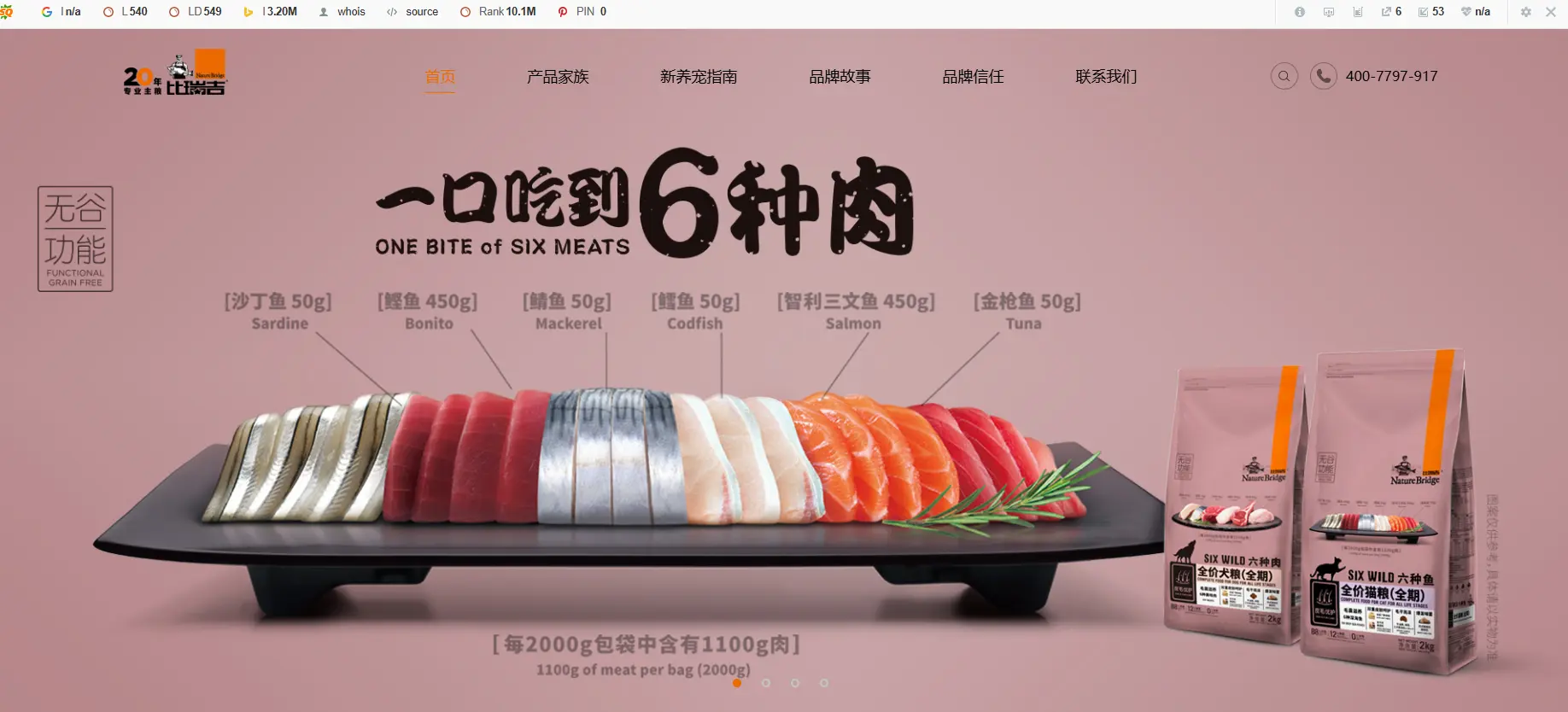
VI. Essential Certifications and Quality Control
For global buyers, ensuring a supplier has the right certifications is paramount. This guarantees product safety, quality, and compliance with international trade regulations.
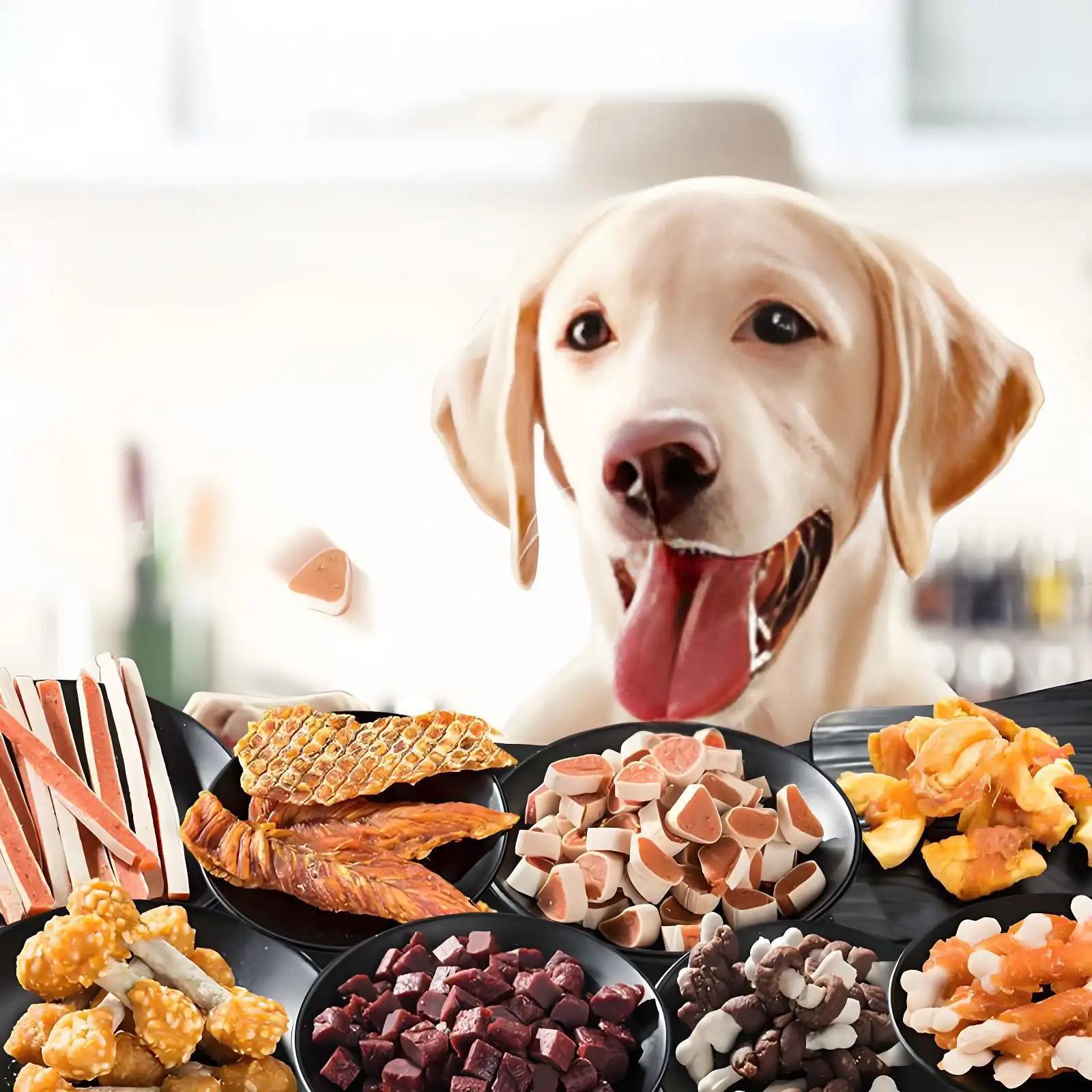
Export Requirements: To legally export pet food from China, manufacturers must be registered with the relevant authorities in the destination country. For example, a manufacturer exporting to the United States must be in compliance with the FDA and USDA regulations.
International Quality Standards: Look for suppliers that hold certifications from recognized international bodies, such as:
ISO 9001: For quality management systems.
ISO 22000 / HACCP: For food safety management.
BRCGS (Brand Reputation Compliance Global Standard): A global standard for food safety.
GMP (Good Manufacturing Practices): Ensuring products are consistently produced and controlled according to quality standards.
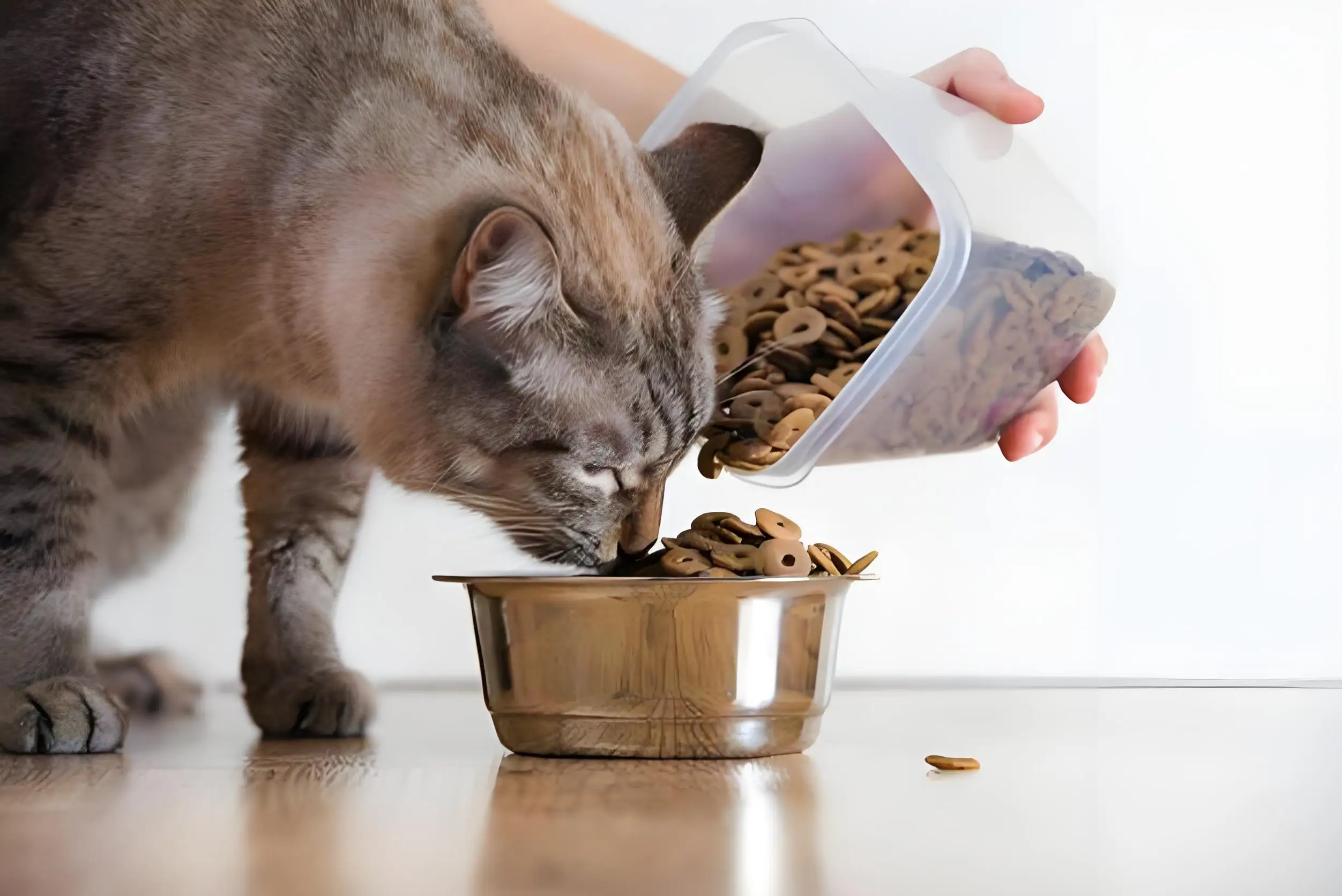
Domestic Chinese Regulations: While the focus is on export, understanding domestic regulations is also important. The Chinese Ministry of Agriculture and Rural Affairs (MARA) oversees pet food standards and production licenses. A reliable manufacturer will have a valid production license and a solid track record of compliance.
VII. Key Considerations for Sourcing from China
Sourcing pet food from China requires a strategic approach. Here are some key considerations for successful procurement:
Supplier Vetting: Don't just rely on online listings. Conduct thorough due diligence. Request factory audit reports, visit the facilities if possible, and check for all necessary certifications. A reputable sourcing agent can be invaluable in this process.
Sample Testing: Always request and test product samples before placing a large order. This allows you to verify quality, taste, and consistency.
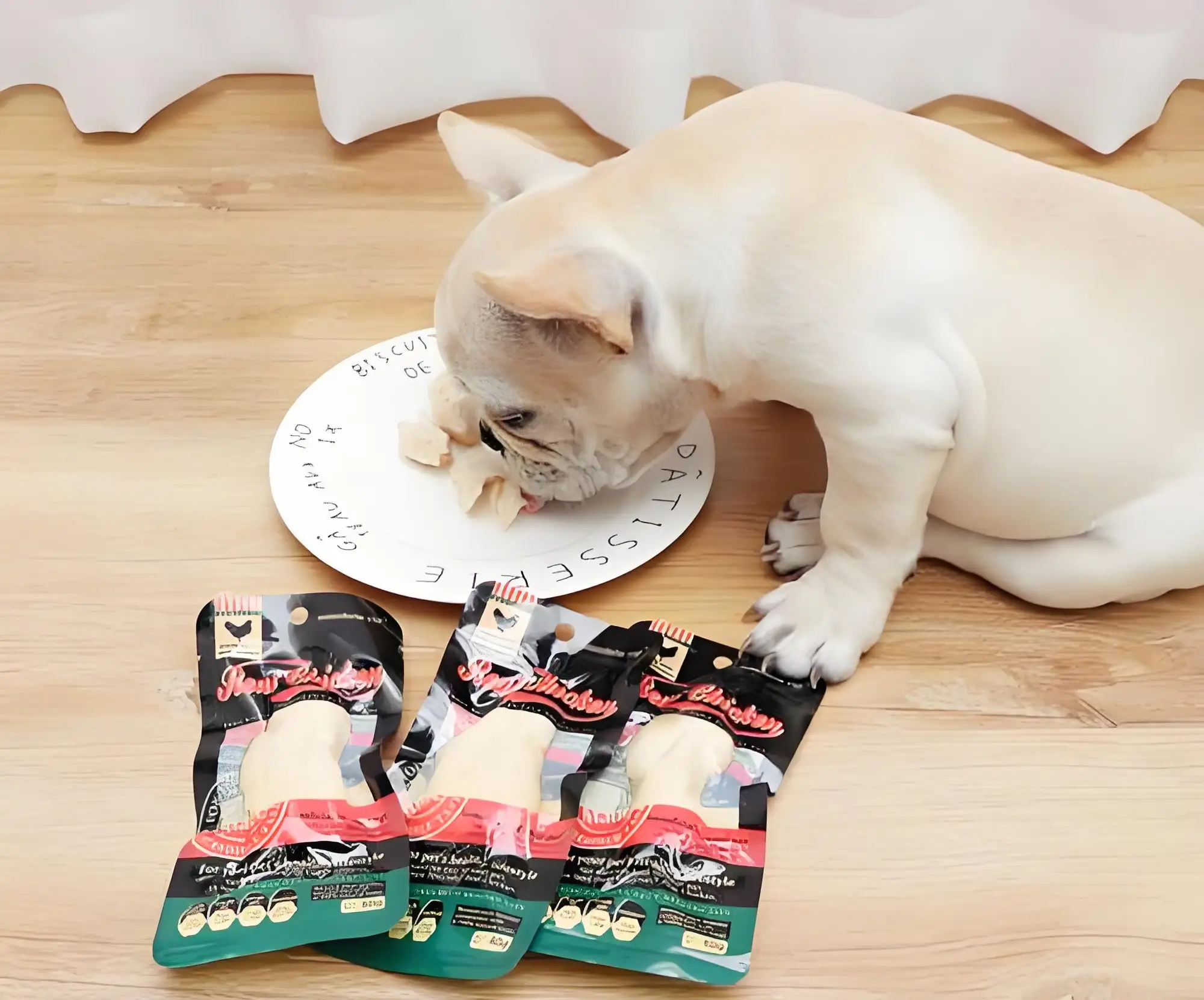
Contract and Communication: Ensure all terms—from specifications and pricing to quality control standards and delivery schedules—are clearly laid out in a legally binding contract. Maintain open and regular communication with your supplier to prevent misunderstandings.
Logistics and Shipping: Understand the logistics chain, including shipping costs, customs procedures, and lead times. A sourcing partner with expertise in international trade can help streamline this process.
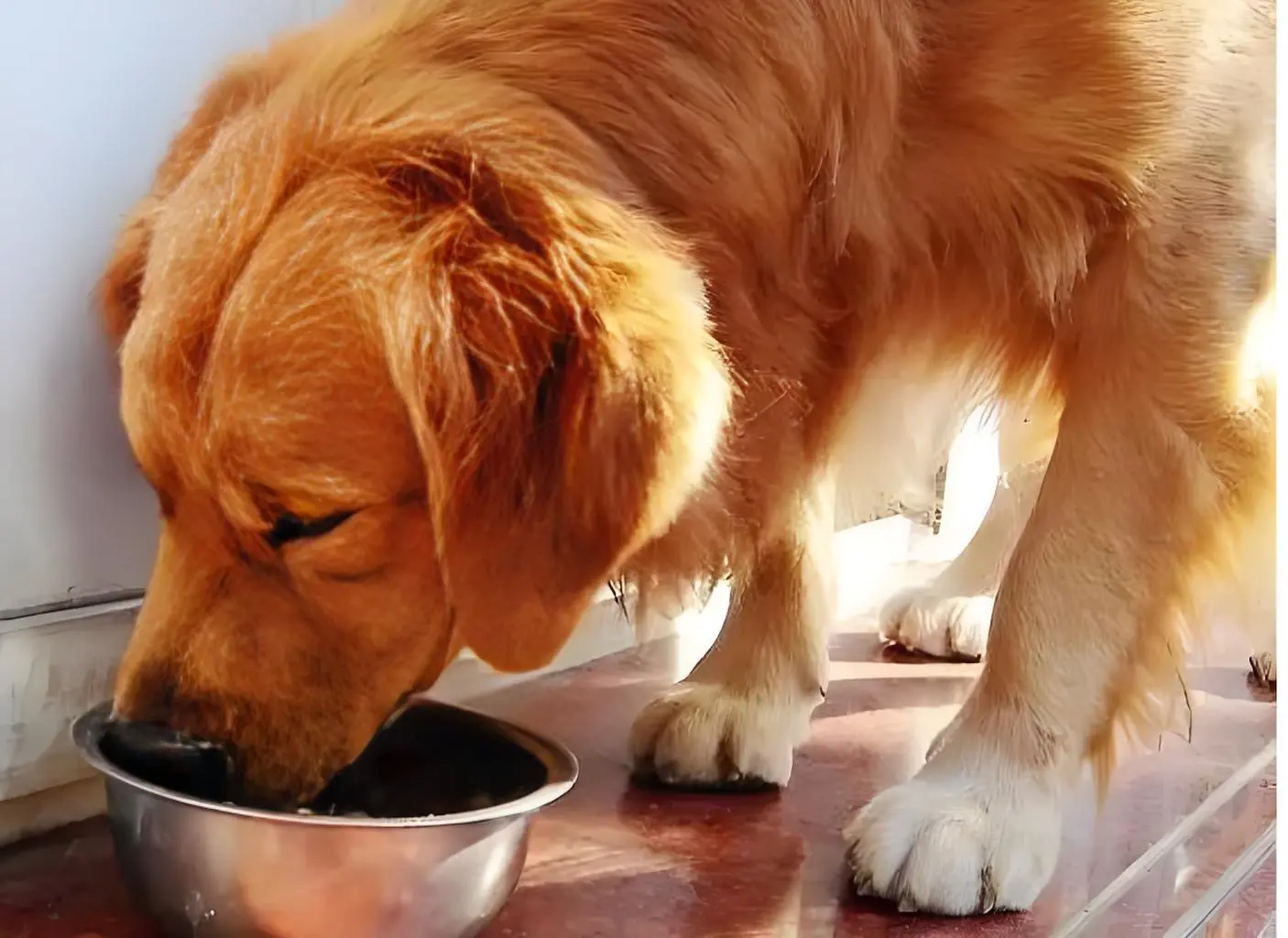
Quality Control (QC): Implement a robust QC process. This can include pre-shipment inspections by a third-party agency to ensure the products meet your standards before they leave the factory.
VIII. Choose IMEXsourcing as Your Sourcing Partner for Pet Food in China
When it comes to procuring high-quality Pet Food from China, partnering with an experienced and reliable sourcing agent is paramount. IMEXsourcing stands out as a premier choice, offering a comprehensive suite of services designed to streamline your acquisition process and secure exceptional value. Here are compelling reasons to select IMEXsourcing for your next purchase on Tricycles:
Extensive Procurement Expertise
IMEXsourcing boasts a profound and long-standing history in the sourcing industry, enabling us to proficiently locate and secure a wide array of Pet Food from highly regarded Chinese suppliers. Our deep market knowledge ensures that we connect you with manufacturers known for their reliability and superior products.
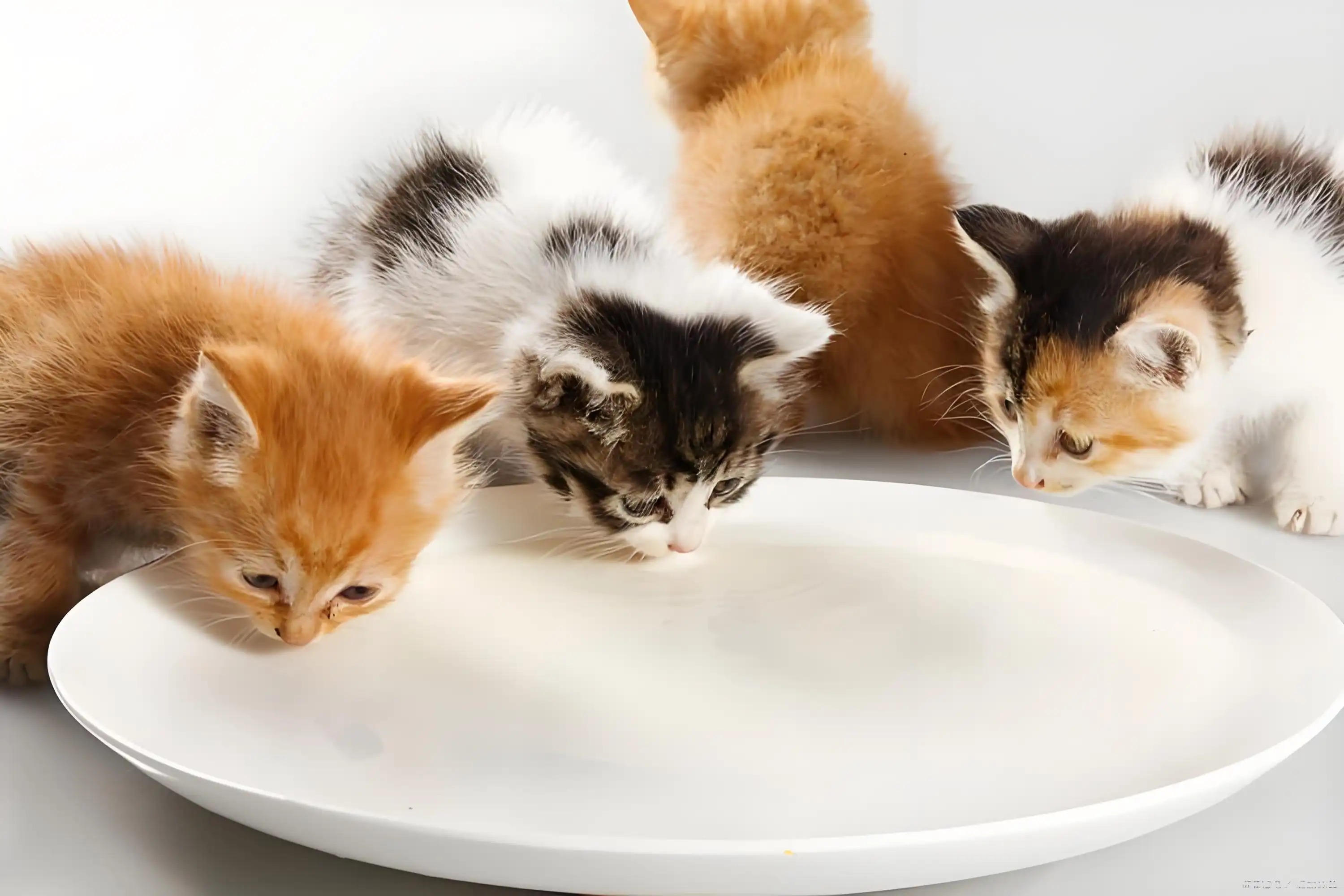
Bespoke Design Solutions
At IMEXsourcing, we understand that unique requirements often demand tailored solutions. We empower you to commission well-designed and standard-produced pet food precisely engineered to your specifications, ensuring the final product perfectly aligns with your operational needs.
Thorough Supplier Verification
Our commitment to quality begins with rigorous due diligence. We conduct comprehensive factory verifications for all potential manufacturers. This meticulous audit confirms their production capabilities, assesses their quality control protocols, and ensures their full compliance with relevant industry standards and legal requirements.
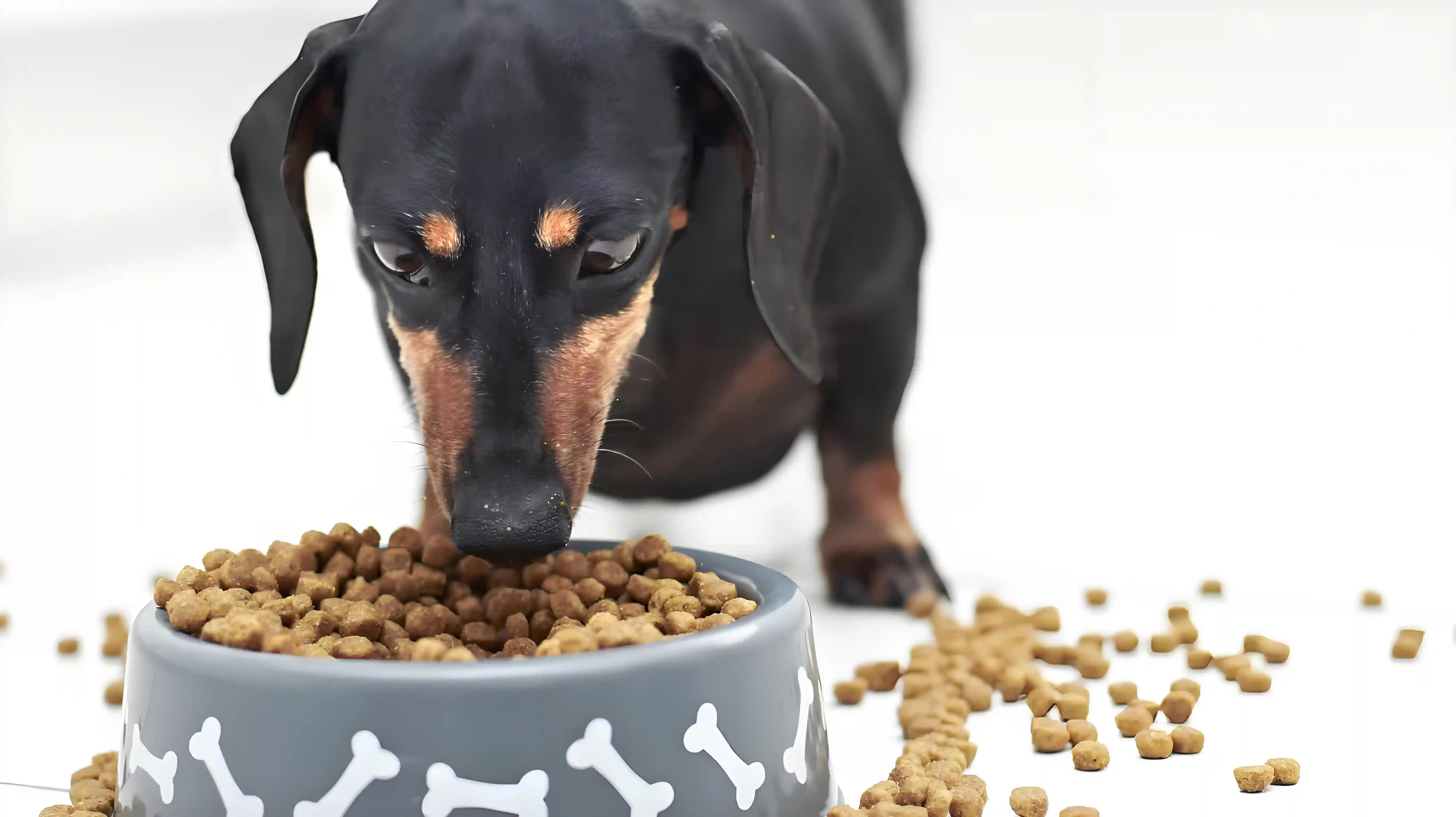
Expert Price Negotiation
Leveraging our veteran status and in-depth understanding of the market dynamics, IMEXsourcing excels in negotiation. This invaluable expertise allows us to secure the most favorable pricing and terms with top-tier tricycles manufacturers renowned for their products, function, aftersales service and cost-efficient, optimizing your investment.
Stringent Quality Assurance
IMEXsourcing implements a robust quality management framework that spans the entire procurement cycle. This includes careful selection of suppliers, diligent oversight through production inspections, and thorough product testing prior to shipment, guaranteeing the integrity and performance of your pet food.
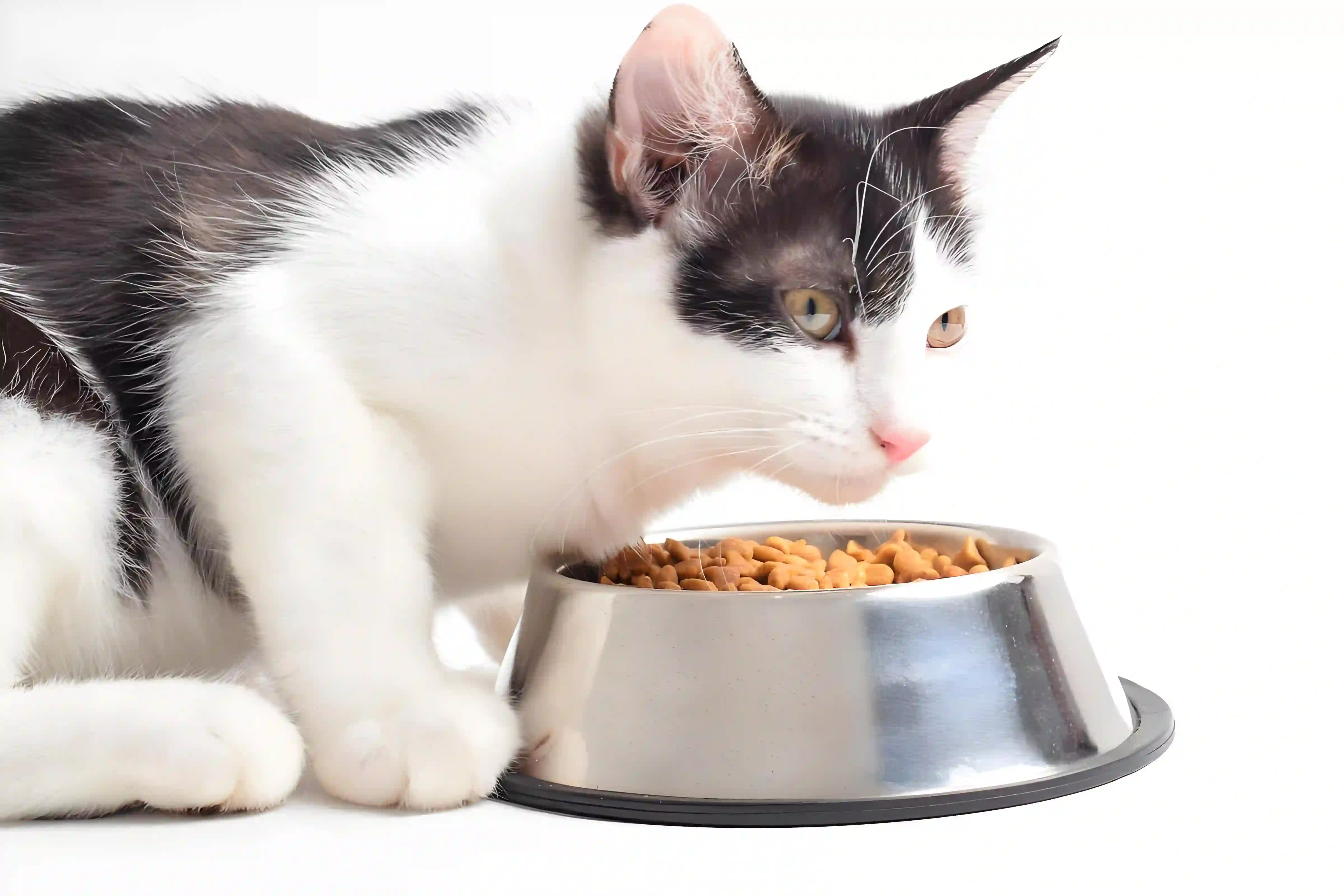
IX. Conclusion
The Chinese pet food market offers immense opportunities for global buyers seeking high-quality, innovative, and cost-effective products. By understanding the market dynamics, vetting potential partners, and focusing on quality assurance, you can successfully source pet food from China and gain a significant competitive edge in your market. As the industry continues to mature, partnering with the right Chinese manufacturer will be a strategic move for any brand looking to expand its pet care portfolio.